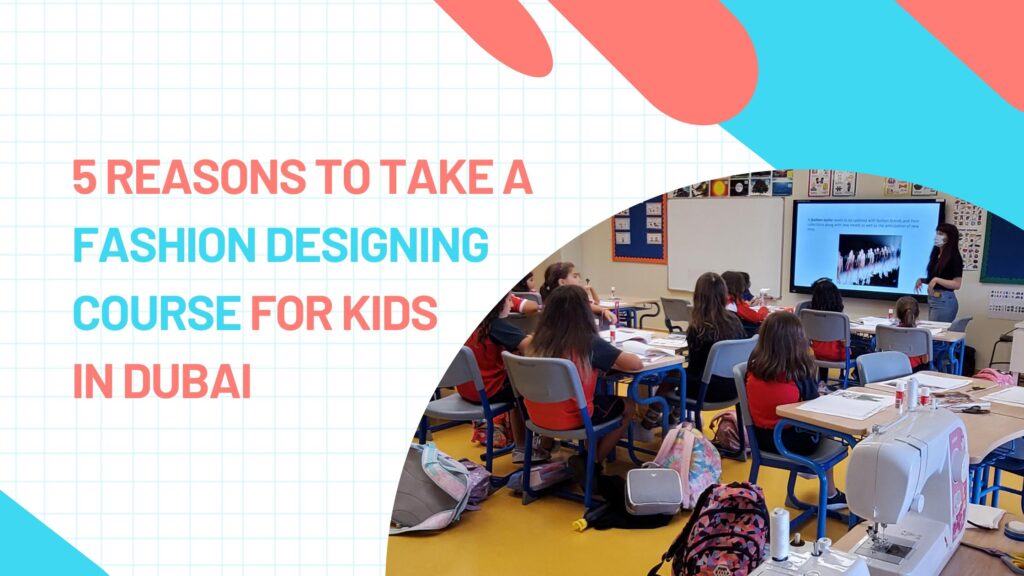
If you have a child with a keen interest in fashion and creativity, then a fashion designing course for kids in Dubai may be the perfect opportunity to nurture their passion. Fashion designing courses provide a structured and professional environment for children to explore their creativity, learn technical skills, and develop their own unique sense of style. In Dubai, there are a variety of courses available specifically designed for young fashion enthusiasts. In this article, we will explore the top 5 reasons why enrolling your child in a fashion designing course in Dubai can be a highly beneficial and rewarding experience.
Fashion designing courses encourage children to unleash their creativity and express themselves through clothing and design. By actively engaging in hands-on projects and exercises, kids can explore various artistic elements, such as color theory, fabric selection, and sketching techniques. Through these activities, children learn to bring their unique ideas to life, boosting their confidence and imagination.
In fashion designing courses for kids in Dubai encounter design challenges that require innovative solutions. These challenges stimulate critical thinking and problem-solving skills. From conceptualizing a garment to overcoming design obstacles, children learn how to analyze situations and develop practical solutions—an invaluable skill that transcends the realm of fashion and benefits them in various aspects of life.
Fashion designing courses for kids in Dubai often involve collaborative projects, where kids work in groups to create fashion collections or showcase their designs. Through teamwork, children learn how to communicate effectively, delegate tasks, and respect different viewpoints. These collaborative experiences teach them the importance of cooperation and build their social skills.
Fashion designing requires meticulous attention to detail, and these courses instill this essential trait in kids. From precision in measurements to fine-tuning design elements, children learn to pay close attention to the smallest aspects of their work. This attention to detail not only enhances the quality of their designs but also fosters discipline and perfectionism.
As kids develop their fashion designing skills and witness their ideas come to life, they gain a sense of achievement and self-confidence. This newfound confidence extends beyond the realm of fashion, empowering them to tackle challenges in other areas of life with a positive attitude. Fashion designing courses provide a platform for kids to embrace their individuality and build self-esteem.
In conclusion, enrolling your kids in a fashion designing course in Dubai can provide them with valuable skills and experiences. From fostering creativity to building confidence, there are numerous benefits to be gained from these courses. Additionally, thinkninnovate offers a comprehensive program that combines theoretical knowledge with practical hands-on learning. Take the first step towards your child’s fashion design journey and enroll them in our classes today at Thinkninnovate.
1. What age group is suitable for fashion designing courses?
Fashion designing courses are typically designed for kids aged 8 to 16 years, though some programs may cater to younger or older age groups. It’s best to check with the specific course provider for age requirements.
2.What materials will my child need for the course?
The materials needed may vary depending on the course curriculum, but common requirements include sketchbooks, pencils, fabric swatches, and basic sewing tools. The course provider will usually provide a list of materials needed before the course begins.
3.Will my child need prior fashion design experience?
No prior fashion design experience is usually required for kids’ fashion designing courses. These programs are designed to cater to beginners and gradually build their skills and knowledge throughout the course.
4.How long do these courses typically last?
The duration of fashion designing courses can vary, but they often span from a few weeks to a few months, with regular classes or workshops held during that period. Again, the specific course provider will provide details on the course duration and schedule.